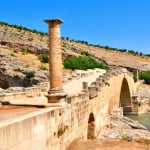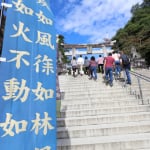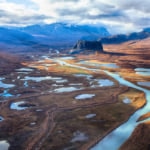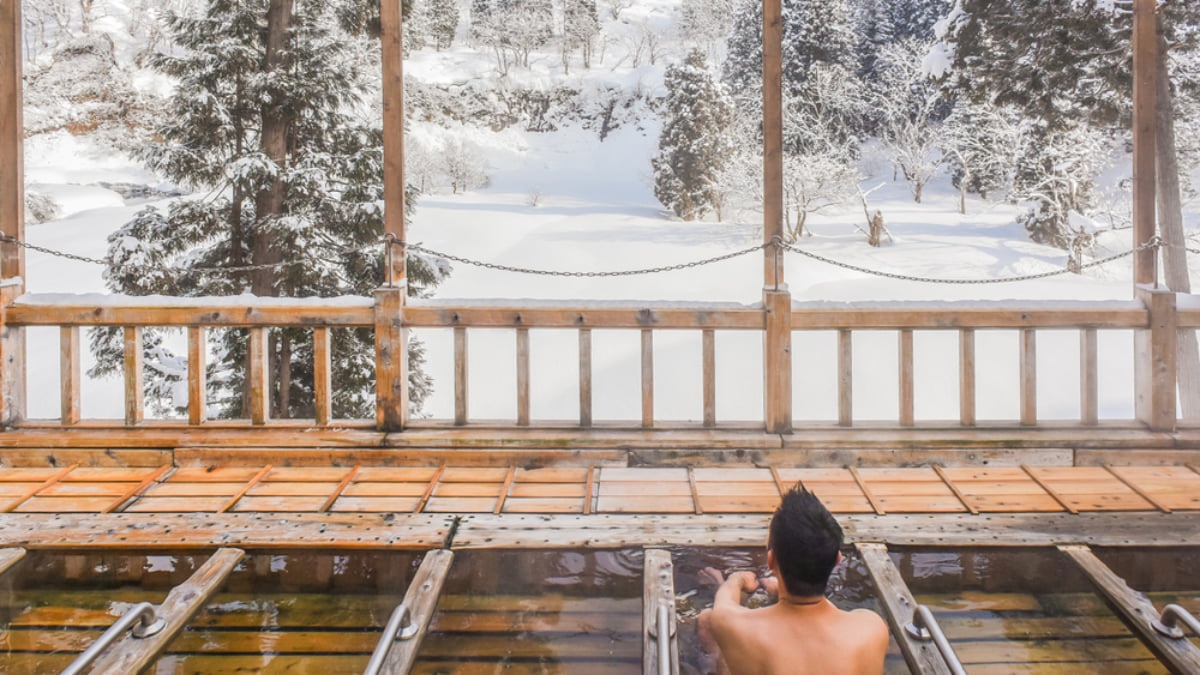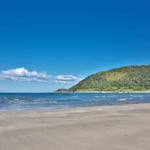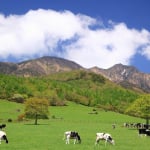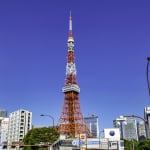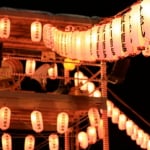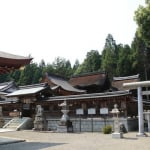Photo by weniliou/Shutterstock
A Guide to Japan’s Top 7 Snow and Winter Destinations
While winter is often seen as the low season for many of Japan's top sightseeing spots, it actually offers some of the best experiences. For powder hounds, hot springs lovers, seasoned alpinists, foodies, and photographers alike, winter is the perfect time to explore the country's unique attractions. Embrace the season and discover Japan's most enchanting cold-weather destinations.
table of contents
[x] close
A Guide to Japan’s Top 7 Snow and Winter Destinations
Nyuto Onsen Town
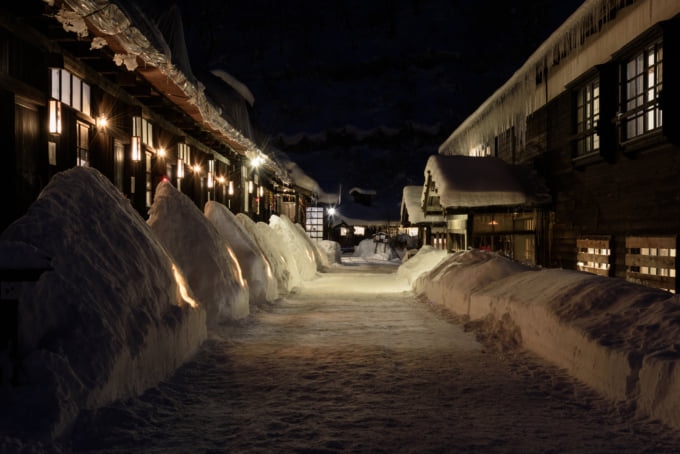
Photo by Kengo_mi/Pixta
Nyuto Onsen is a picturesque resort town nestled at the base of the mountains in Akita Prefecture, featuring eight unique hot spring ryokan (traditional inns). Among these, Tsurunoyu is the oldest and most celebrated, with sections dating back hundreds of years to the era of samurai and warlords. Known as one of Japan's snowiest regions, Akita boasts stunning winter landscapes, vibrant snow festivals, and the breathtaking 'snow monsters' formed by hoar frost that emerge high in the mountains during the winter months.
The Japanese Alps
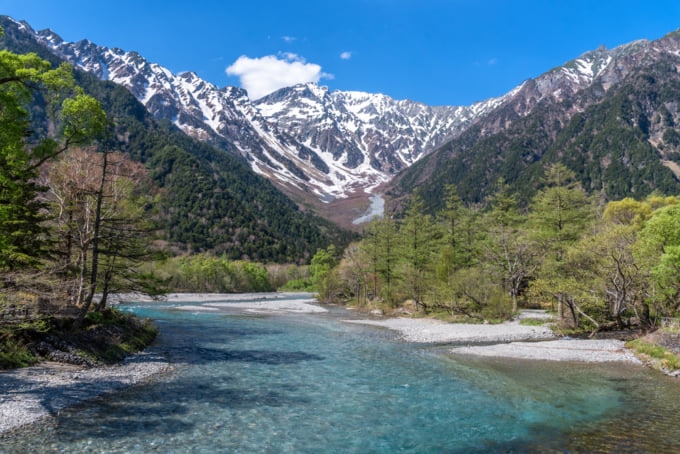
Photo by Chanwit Ohm/Shutterstock
The Japanese Alps are a stunning mountain range in central Japan, offering breathtaking scenery and a variety of climbing trails. Seven main cities provide excellent access to the mountains, each with its own unique attractions. In Toyama Prefecture, Toyama City features the Tateyama Kurobe Alpine Route, while the historic charms of Takayama and Hida cities can be found in Gifu Prefecture. Nagano Prefecture boasts Omachi and Azumino cities, along with the ancient post town of Shiojiri. Additionally, Kamikochi, known as the 'Gateway to the Alps,' is situated near Matsumoto City, providing visitors with a perfect base to explore this beautiful region.
Shirakawa-go and Gokayama
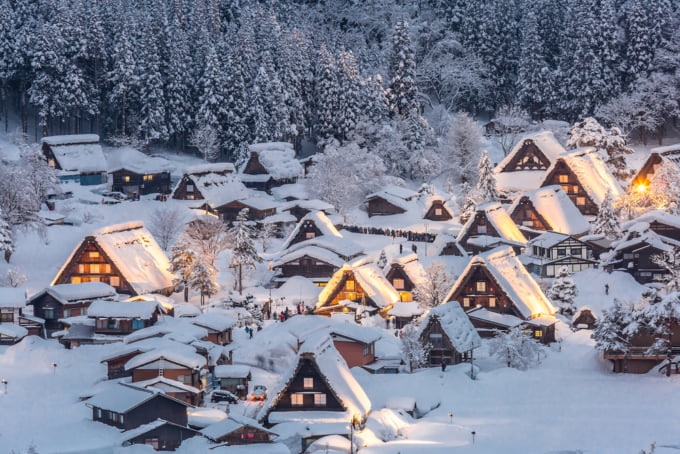
Photo by vichie81/Shutterstock
The remote village of Shirakawa in Gifu Prefecture is a quintessential winter wonderland in Japan. Famous for its traditional, thatched-roof farmhouses known as gassho-zukuri, this architectural style is uniquely suited to the region's harsh winters. Along with its neighbor Gokayama in Toyama Prefecture, Shirakawa was designated a UNESCO World Heritage Site in 1995, showcasing its cultural significance and stunning landscapes that attract visitors from around the globe during the winter months.
Jigokudani
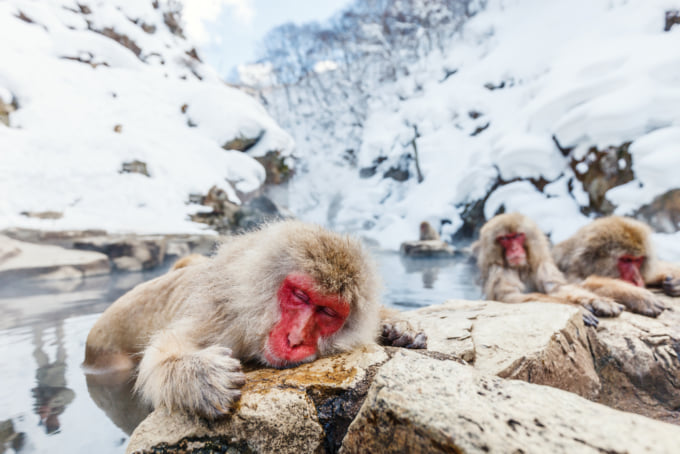
Photo by BlueOrange Studio/Shutterstock
Nestled in Nagano, Jigokudani, or "Hell Valley," earns its name from the clouds of steam rising from its numerous natural hot springs. This stunning destination becomes a winter wonderland, renowned not only for its breathtaking mountain scenery but also for its resident hot spring-loving monkeys, the native Japanese macaques. While you can't soak in the hot springs alongside these playful primates, you can indulge in rejuvenating baths by booking a ryokan at nearby Shibu Onsen, where the healing waters will leave you refreshed and relaxed.
Sapporo
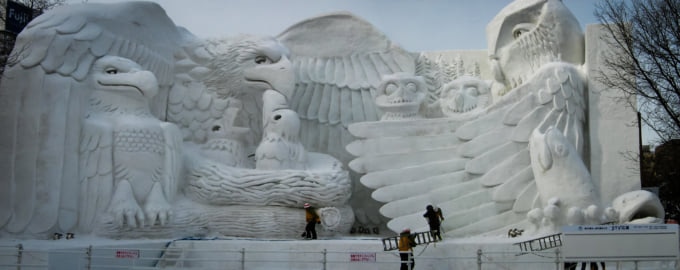
Photo by SteFou/Flickr
Sapporo, the capital of Hokkaido, hosts Japan's most famous winter festival: the Sapporo Snow Festival. Held annually in February, this spectacular event draws millions of visitors who come to experience the magic of winter. The city transforms into a festive wonderland, adorned with twinkling lights and bustling vendors offering winter treats. The nearly 20-acre Odori Park becomes a vibrant showcase for talented ice sculpting teams, each crafting intricate masterpieces from snow and ice. Festival-goers can partake in exciting winter sports like sledding, enjoy live music, and savor piping hot amazake (sweet rice wine) while marveling at the stunning snow sculptures all around them.
Naeba and Kagura Ski Resorts
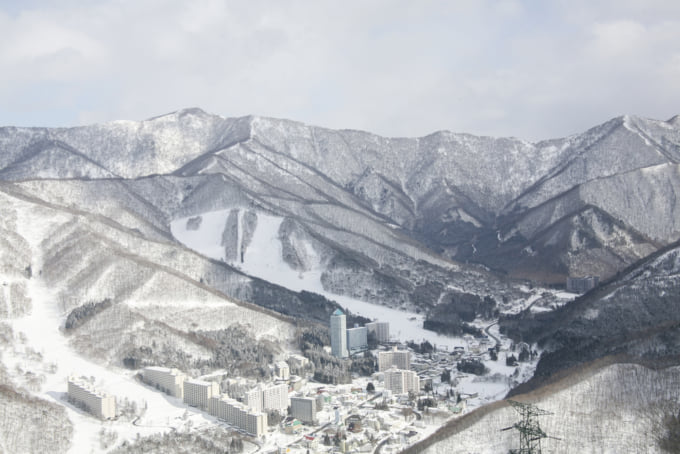
Photo by Japan Image/Shutterstock
Naeba Ski Resort, located in Yuzawa, Niigata Prefecture, is one of Japan's most popular ski destinations and among the largest in the country. With 22 runs catering to all skill levels, it's perfect for everyone from beginners to seasoned pros. The resort is conveniently connected to the nearby Kagura Ski Area via gondola, and you can purchase combined tickets for unlimited access to both slopes. Nestled at the foot of Mount Naeba, the resort town offers an array of shops and dining options, as well as two soothing hot springs to unwind in after an exhilarating day on the slopes.
Zao
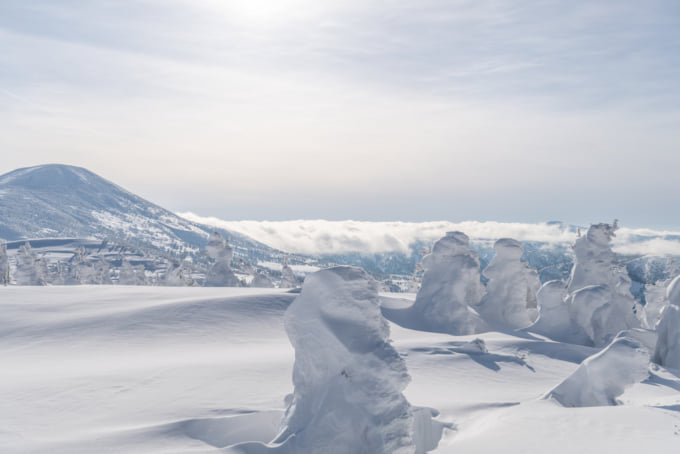
Photo by Sitthinart Susevi/Shutterstock
Mount Zao in Yamagata Prefecture is renowned for its fantastic ski resort, relaxing onsen area, and the charming Zao Fox Village, a research facility that's seen a surge in visitors lately. The mountain is also famous for its unique 'snow monsters,' eerie, humanoid shapes created when hoar frost accumulates on the trees at the peak. These frost-covered trees, known as 'juhyou,' have become a must-see winter attraction, with February being the ideal time to witness their stunning beauty.
In Conclusion
With a wealth of incredible winter destinations in Japan, picking just one can be a challenge. From skiing the snowy mountains of Niigata to trekking through the stunning Japanese Alps, soaking in ancient onsens, or capturing winter wildlife on camera, the options are endless. Don't let the chill deter you—embrace the cold and explore Japan's top winter attractions for an unforgettable experience.
